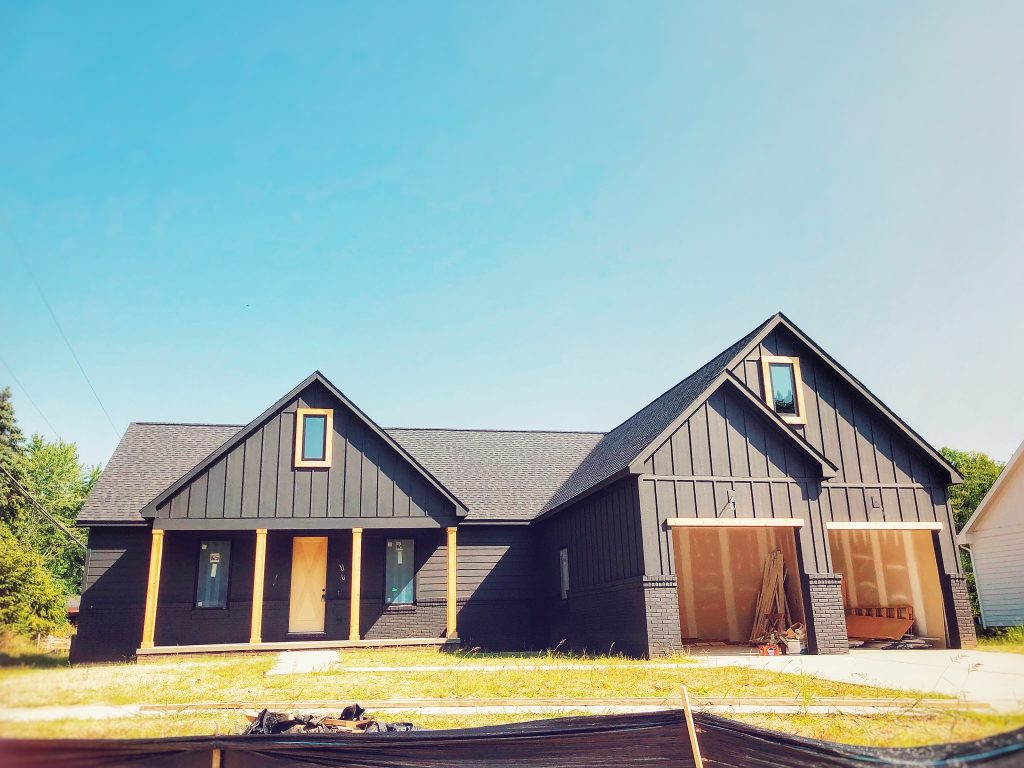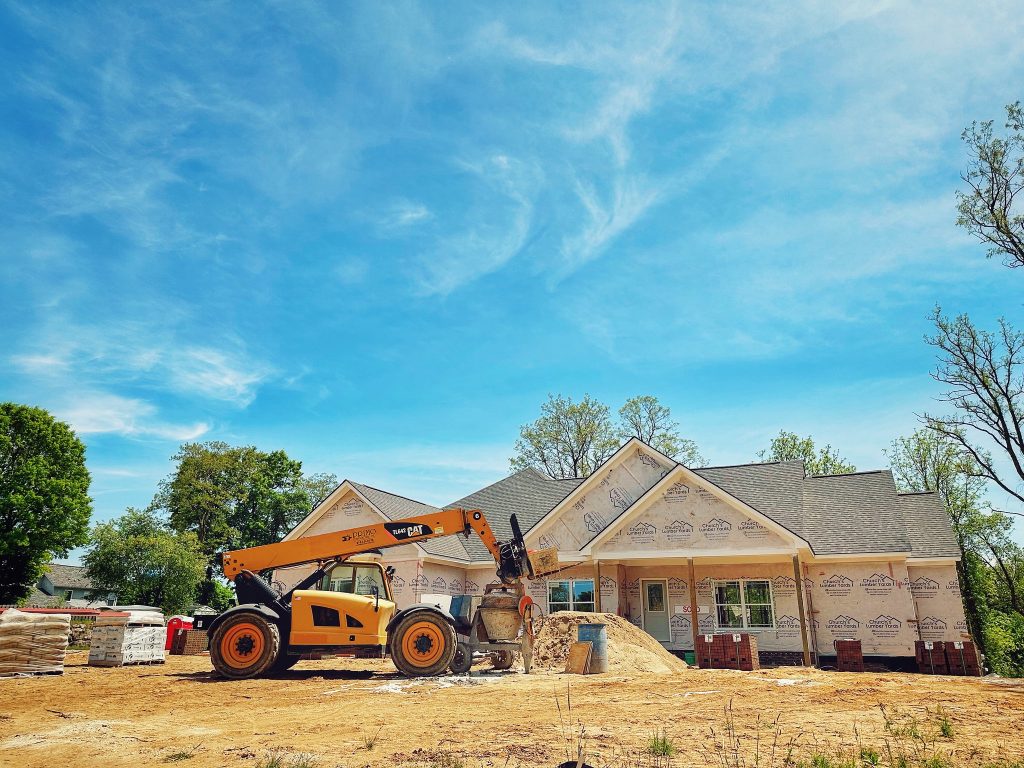The U.S. Census Bureau and the Department of Housing and Urban Development released their monthly New Residential Sales report for May. The report, which tracks the number of new homes sold during the month, found sales down significantly from April. In fact, new home sales fell 11.3 percent month-over-month. The decline was likely due to mortgage rates, which spiked at the end of April and may’ve caused buyers to hesitate. But though the latest numbers were disappointing, the report came with a revision to April’s sales numbers, which now show sales up rather than down, as initially reported. Also in the report, the median sales price of new houses sold in May was $417,400. The average sales price was $520,000. There is currently a 9.3-month supply of available new homes for sale – a 16-year high. (source)













